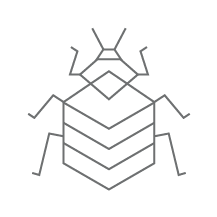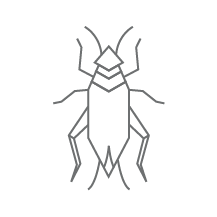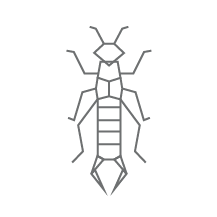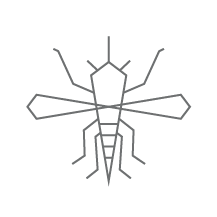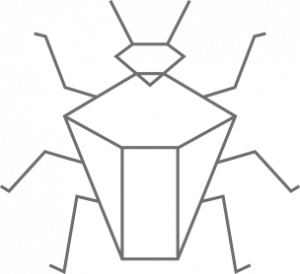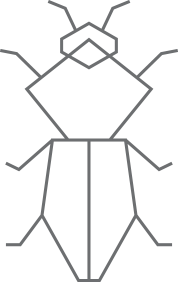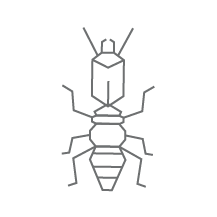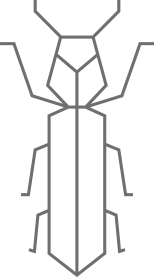
Commercial and Residential Pest Control Services | Dodson Bros. Exterminating Co., Inc.
Deer Mice
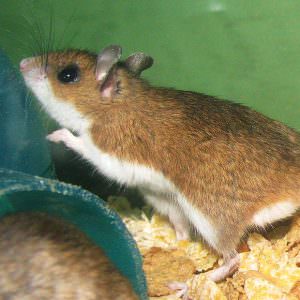
Deer mice are most often found in old fence posts, log piles, tree hollows, abandoned bird nests and beneath decks. During the winter months, they may invade homes, sheds, garages or rarely used vehicles. When inside, they are known to make their nests in stuffed furniture, wall voids, storage boxes and tight areas in basements or attics. Deer mice prefer eating insects, nuts seeds, small fruits and berries.
Deer mice are a common carrier of Hantavirus, which is primarily transmitted by inhaling dust particles contaminated with the urine, feces or saliva of infected deer mice.
Mice are known to hide in clutter, so store boxes off the floor and keep areas clear. Pay close attention to areas where utilities and pipes enter the home home and be sure to seal cracks and holes on the outside of your home. Keep food in sealed, rodent-proof containers. Make sure to keep tree branches and shrubs cut back from the house. Regularly inspect rarely used cars/RV’s, basements and attics.
House Mice
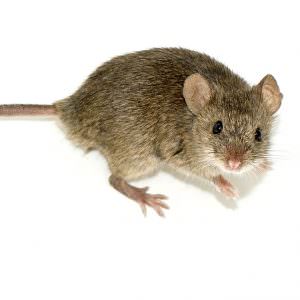
House mice typically live in structures but can survive outdoors, too. They prefer nesting in dark, secluded areas and often build nest out of packing materials, wall insulation, paper products, cotton and other fabrics. House mice are excellent climbers and are able to jump up to a foot high.
Not only are house mice a nuisance, but they can also cause serious property damage by chewing on materials. These mice have been known to spark electrical fires by gnawing on wires both inside homes and behind walls. Known to eat and contaminate food, house mice can transfer Salmonella, tapeworms, and the plague (via fleas).
Mice are known to hide in clutter, so store boxes off the floor and keep areas clear. Pay close attention to areas where utilities and pipes enter the home and be sure to seal cracks and holes on the outside of your home that are ¼ inch in diameter or larger. Keep food in sealed, rodent-proof containers.
